Best gravel handlebars: maintain grip and stability when things get rough
The best gravel handlebars for everything from gravel racing to singletrack
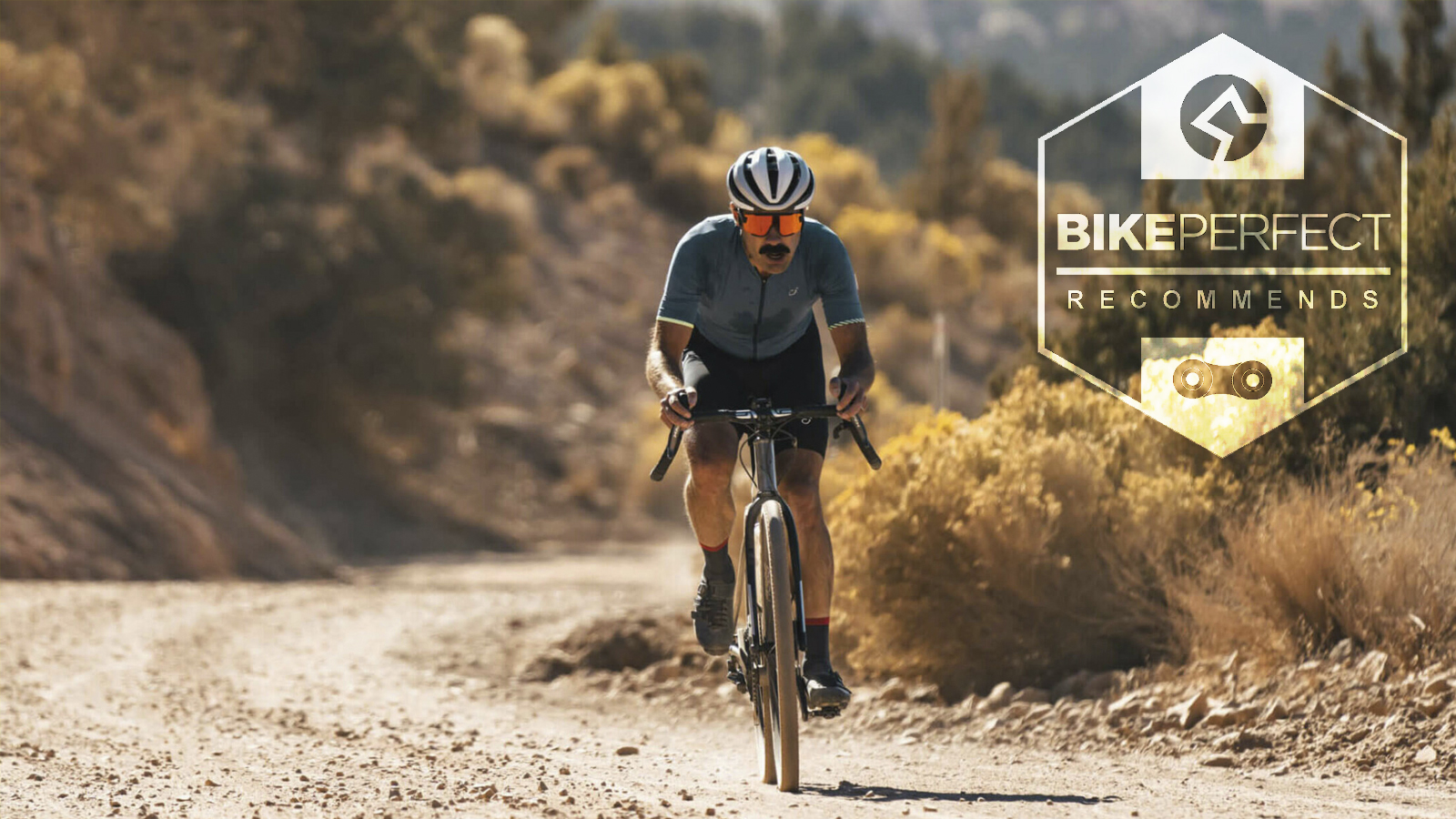
Handlebars represent one of three contact points with the bike, the other two being the saddle and pedals. Handlebars influence the bike's whole character and help relay feedback and information from its underpinnings. The best gravel handlebars will make you feel comfortable and connected to your bike no matter how many miles you cover delivering a good combination of grip, control and comfort.
When it comes to gravel cycling there's even more to consider when picking a handlebar. If you spend your time on singletrack, you might want to consider something wide, or maybe even a flat bar. On the other hand, if you enjoy fast, open gravel roads, then something more aerodynamic makes sense. Whatever your preference, you can rest assured there's a bar out there to suit your riding style.
If you want to see our favorite gravel handlebars, keep reading, or if you'd rather learn everything you need to know about the best gravel handlebars, jump down to the bottom.
- Best gravel bikes: drop bar offroaders for racing and exploring
- Cheap gravel bikes: gravel bikes under $1,500
- Best gravel shoes: gravel shoe options for racers or explorers
Best gravel handlebars
Why trust BikePerfect
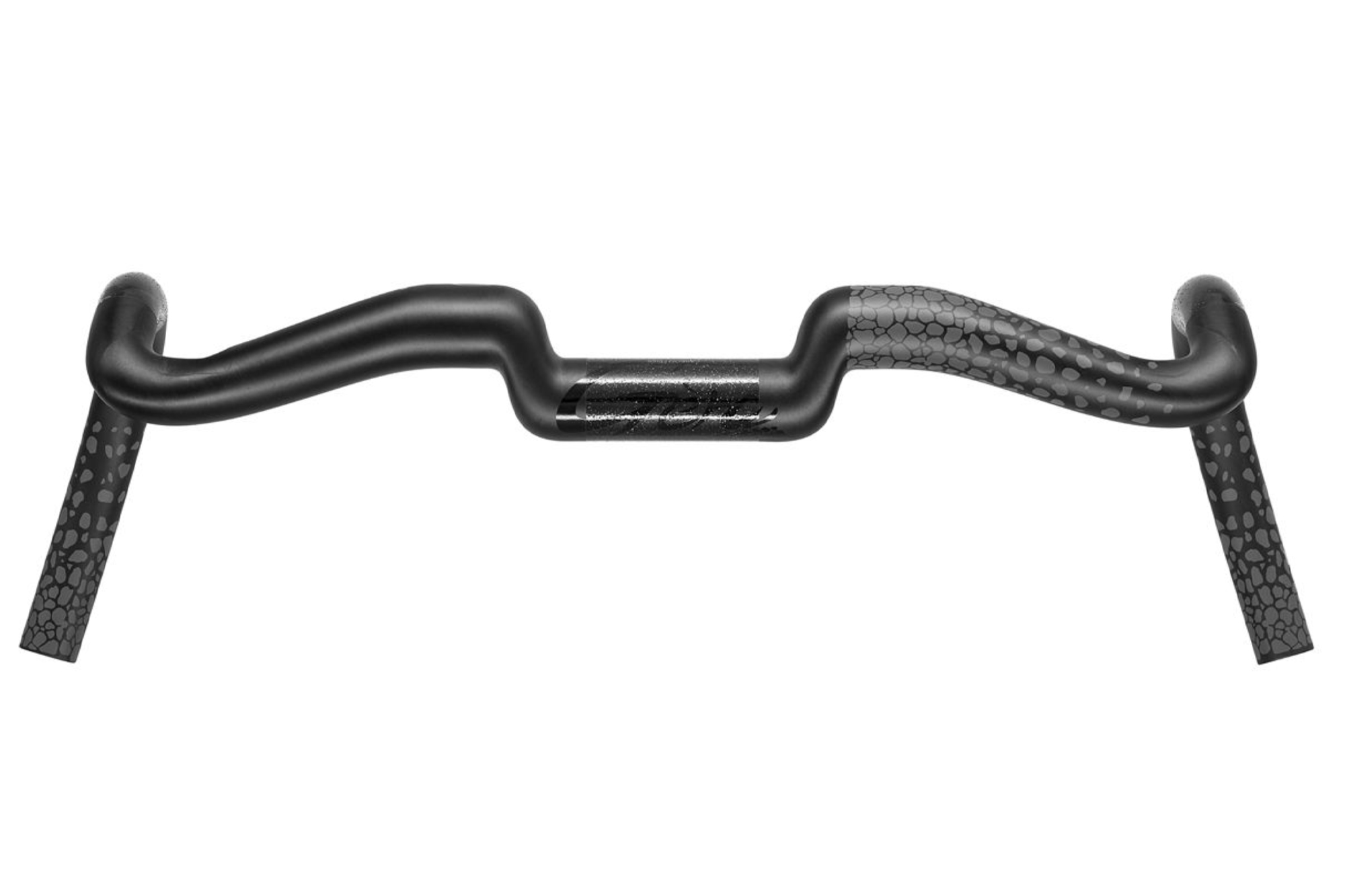
Deda Elementi Gera Handlebar
Our expert review:
Specifications
Reasons to buy
Reasons to avoid
The Deda Gera borrows some inspiration from other ‘hump-and-sweep' gravel bars, but it's not exactly the same. There's a less pronounced hump, more sweep, and wider options. If you think of yourself as a more open-minded rider, unconcerned with conventions, this is a good choice. It can take some time to set up properly, but once you've done it, the hand positions it provides are expansive compared to a traditional bar. Deda Elementi has been careful to provide options for mounts as well. Options abound for lights and clip-on bars making this an excellent choice for riding across a continent.
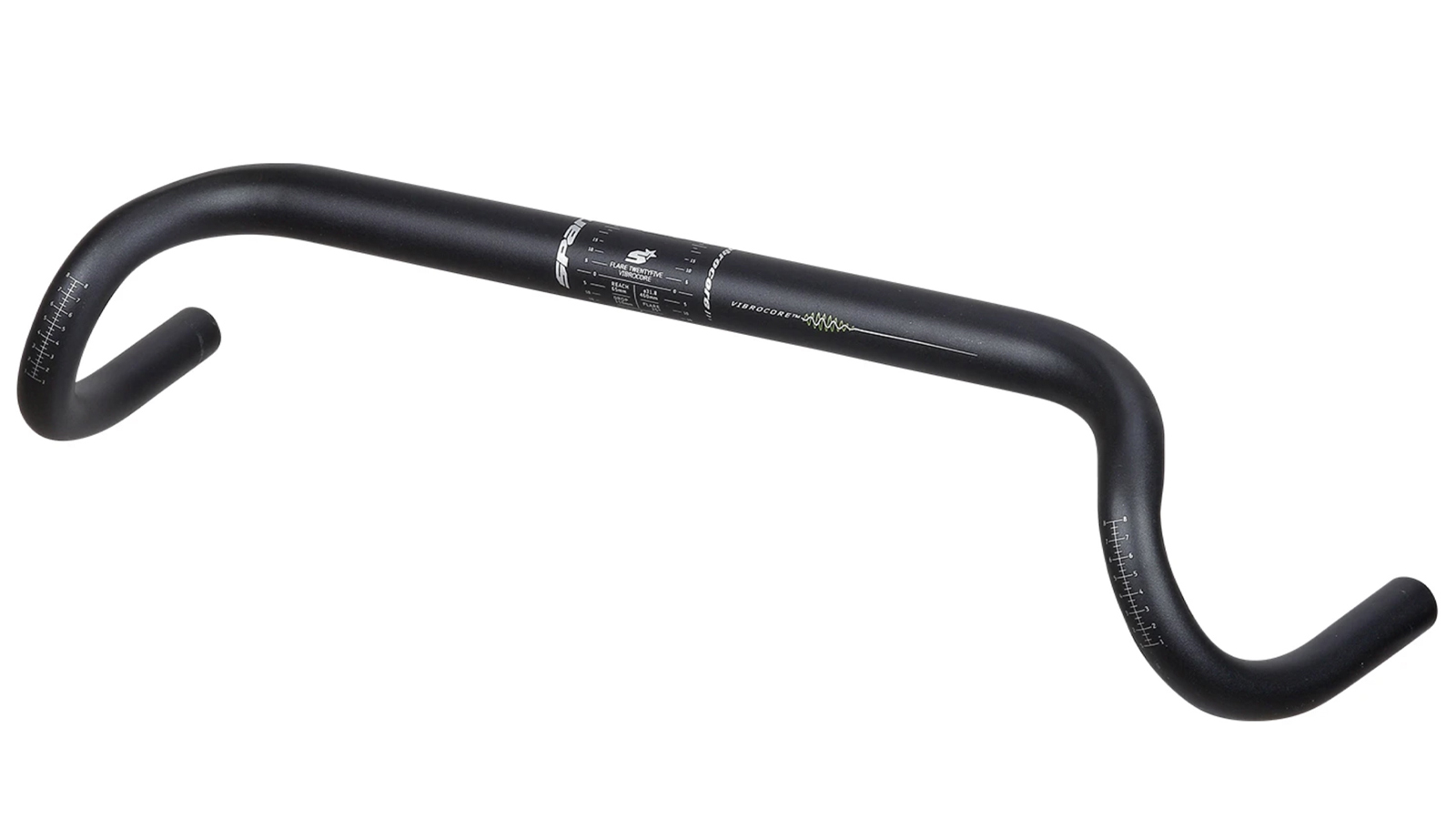
Spank Flare 25 Vibrocore
Specifications
Reasons to buy
Reasons to avoid
One of the biggest issues with any long-distance off-road riding is vibration. It wears you down and leaves you fatigued when you don't need to be. To mitigate the problem Spank uses Vibrocore: a proprietary, biodegradable foam with a precisely controlled density. Spank injects this foam into the hollow center of its aluminum bar to change the nature of sustained vibrations. Along with the foam, you also get a 25-degree flare and a continuous 31.8 top tube. The larger bar makes for a more comfortable handgrip as well as easier bag mounting.
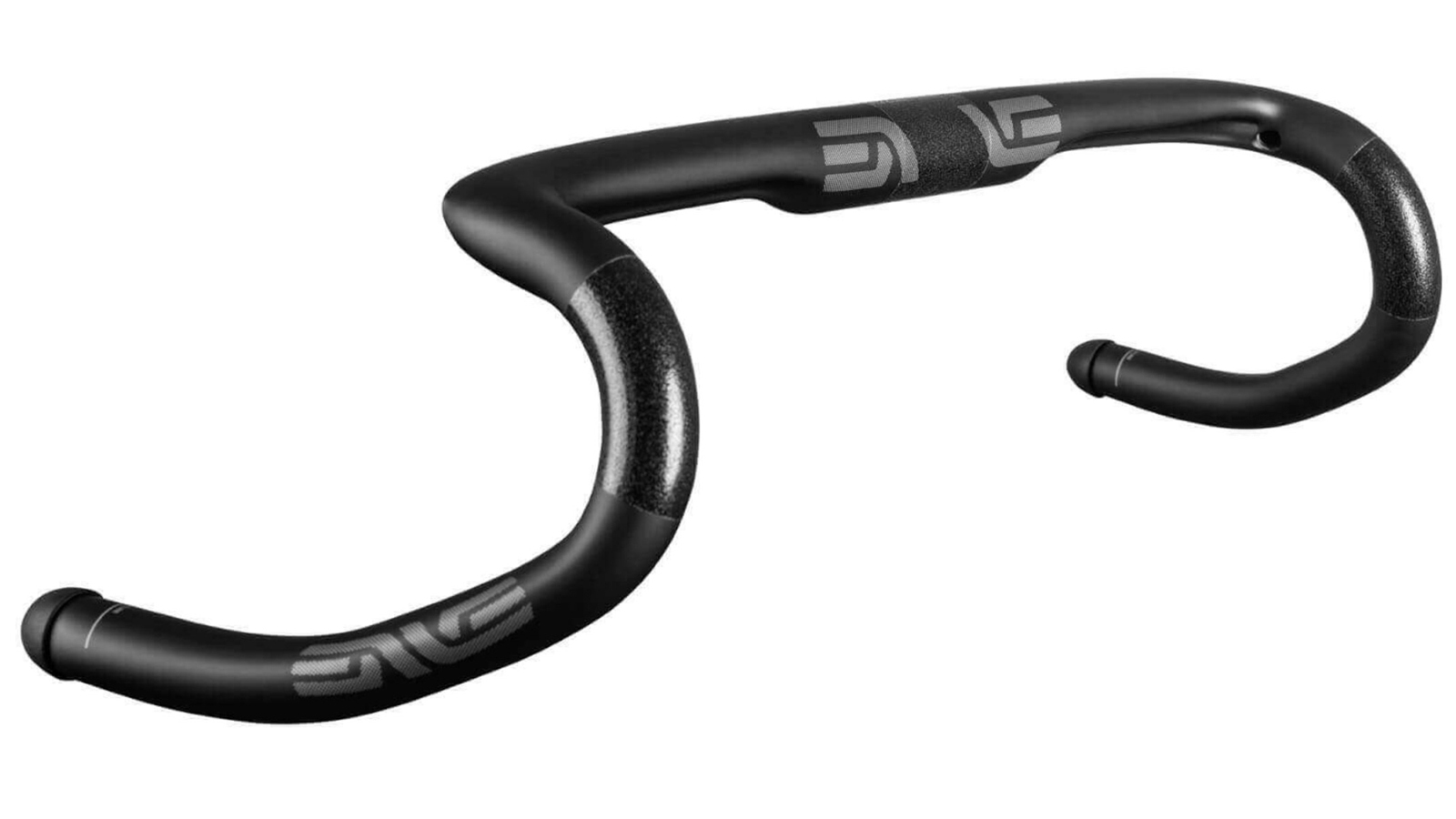
Enve G Series Gravel
Specifications
Reasons to buy
Reasons to avoid
There aren't many companies out there with more expertise in carbon layup than Enve, with its well-earned reputation for using complex carbon layups to tune a specific ride feel. The Enve Gravel handlebar is meant for the kind of gravel riding with a competitive aspect, but it works no matter how relaxed your riding is. There's a generous flare paired with upright lever mounting and an expanse of space between the drops for accessory mounting.
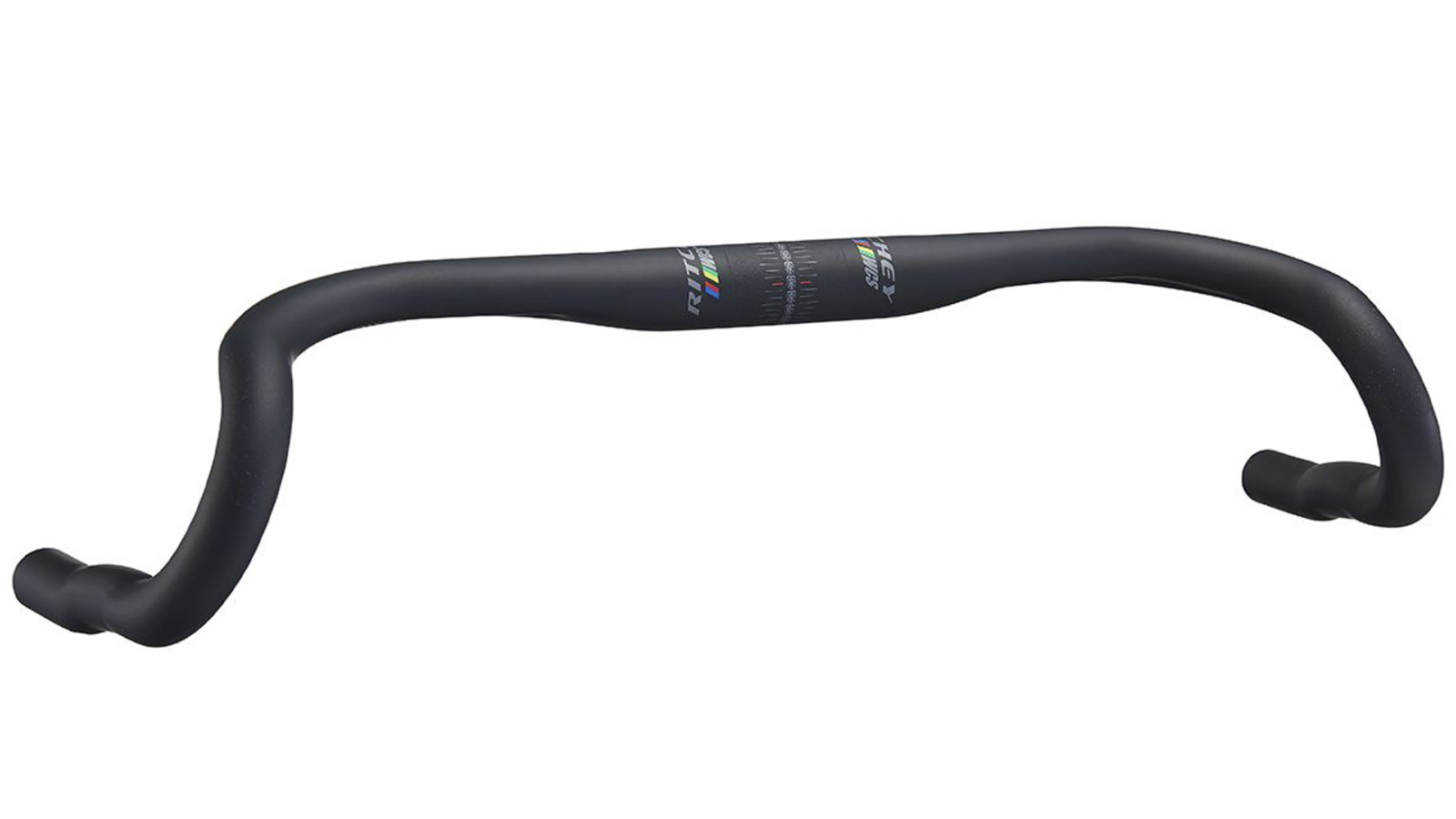
Ritchey WCS VentureMax
Specifications
Reasons to buy
Reasons to avoid
It's always debatable just how much the history of a founder influences the everyday direction of a company. Tom Ritchey was there from the beginning, building frames when mountain bikes didn't have a name. In more modern history when the need for off-road parts grew, Ritchey wasn't changing directions. The company had the designs around from the beginning. With the WCS VentureMax you get an ovalized top section for hand comfort, then a shallow drop and a wide flare. Near the back of the drops you can find the 'Bio-Bend' bump: a feature meant to help you hold on to the bars on technical descents.
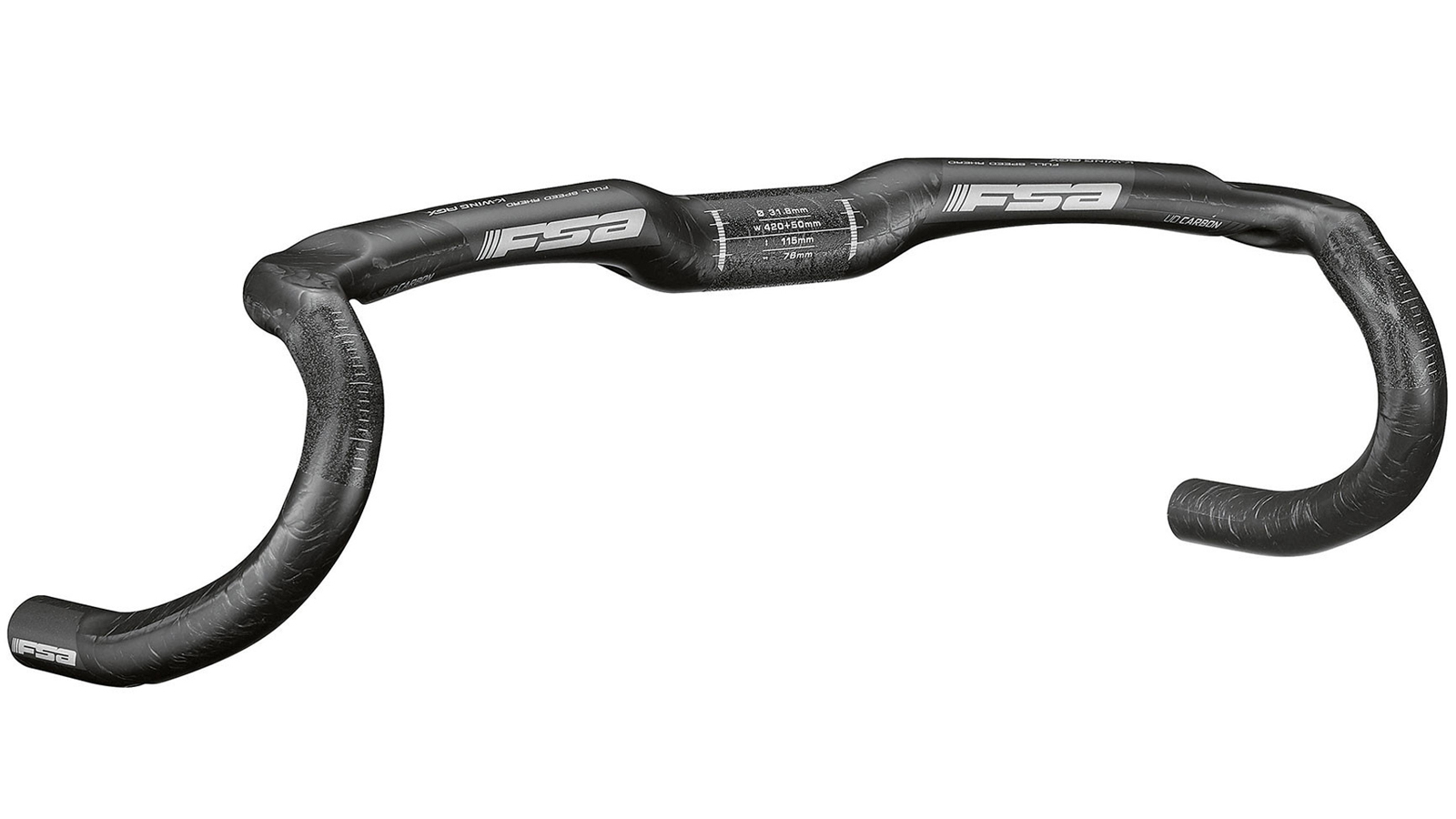
FSA K-Wing AGX
Specifications
Reasons to buy
Reasons to avoid
FSA has offered a bar that's similar to this for road bikes for a number of years. It's a bar that lets you get low and fast when you want to, but also provides a bit of relief when you need to take a break. At the back of the drops there's a flat section that makes it easy to spend a long time down low cruising on the drops. If you spend more time on the hoods there's another flat section behind the hoods at the bend. It makes for a little shelf to rest on while you have your hands on the rear of the controls. Move over to the flats and you get both a 5mm rise and a 10mm forward tilt. The gravel-focused AGX version adds a 12-degree outward flare to the drops for better control.
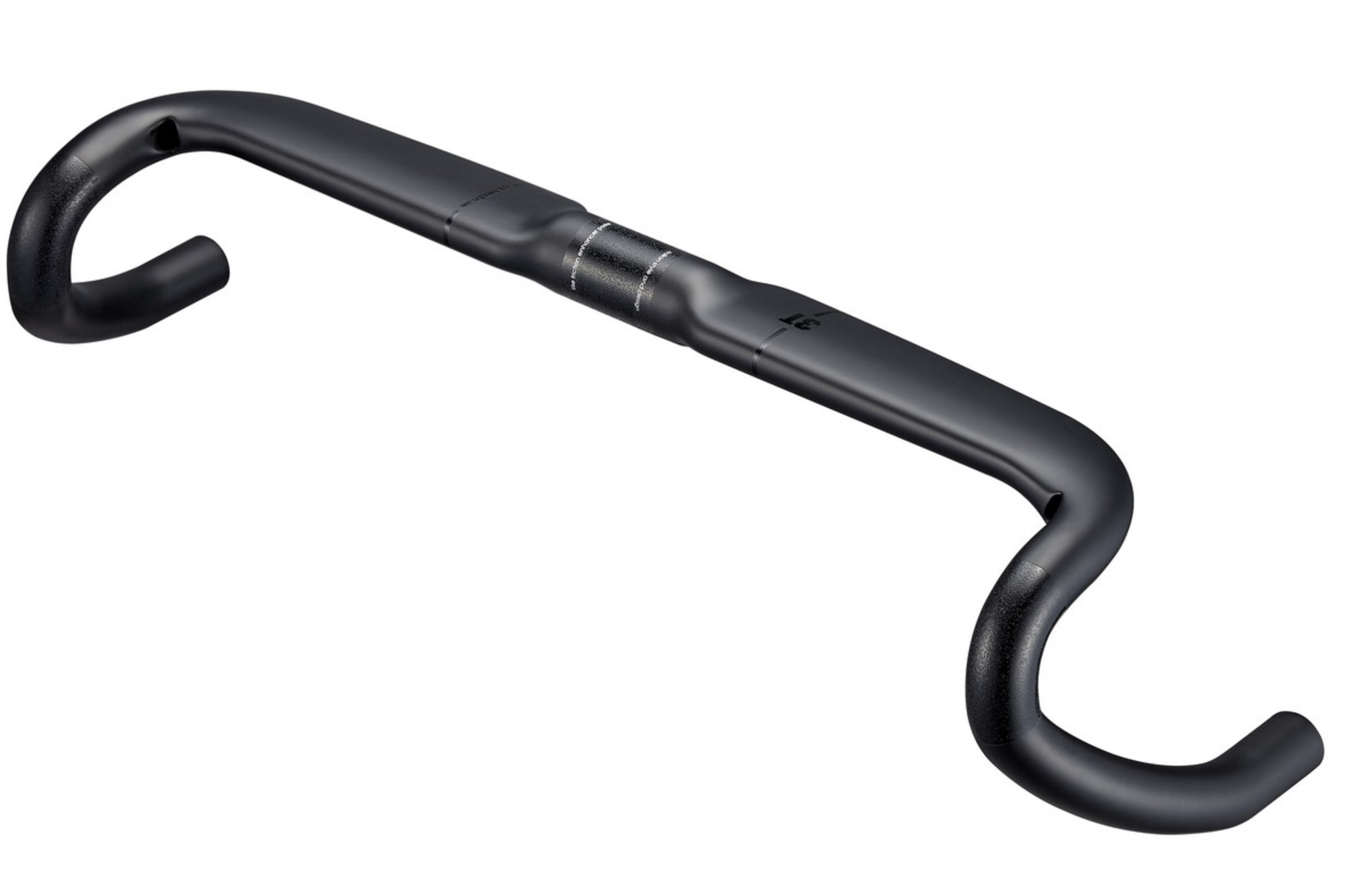
3T Aeroghiaia
Specifications
Reasons to buy
Reasons to avoid
If you're taking part in a gravel race then speed will be a big factor in your component choices. Aero bars are designed to slice through the wind and help you save precious seconds. If that's what you think you need, then you'll definitely fit in with the folks at 3T; there's perhaps no company more dedicated to aerodynamic gains for gravel and mixed-surface riding.
The 3T Aeroghiaia is one of the only aero-specific bars designed for mixed surface riding. There are flat tops and flared drops but the mounting point for the controls keeps your hands in the traditional vertical position.
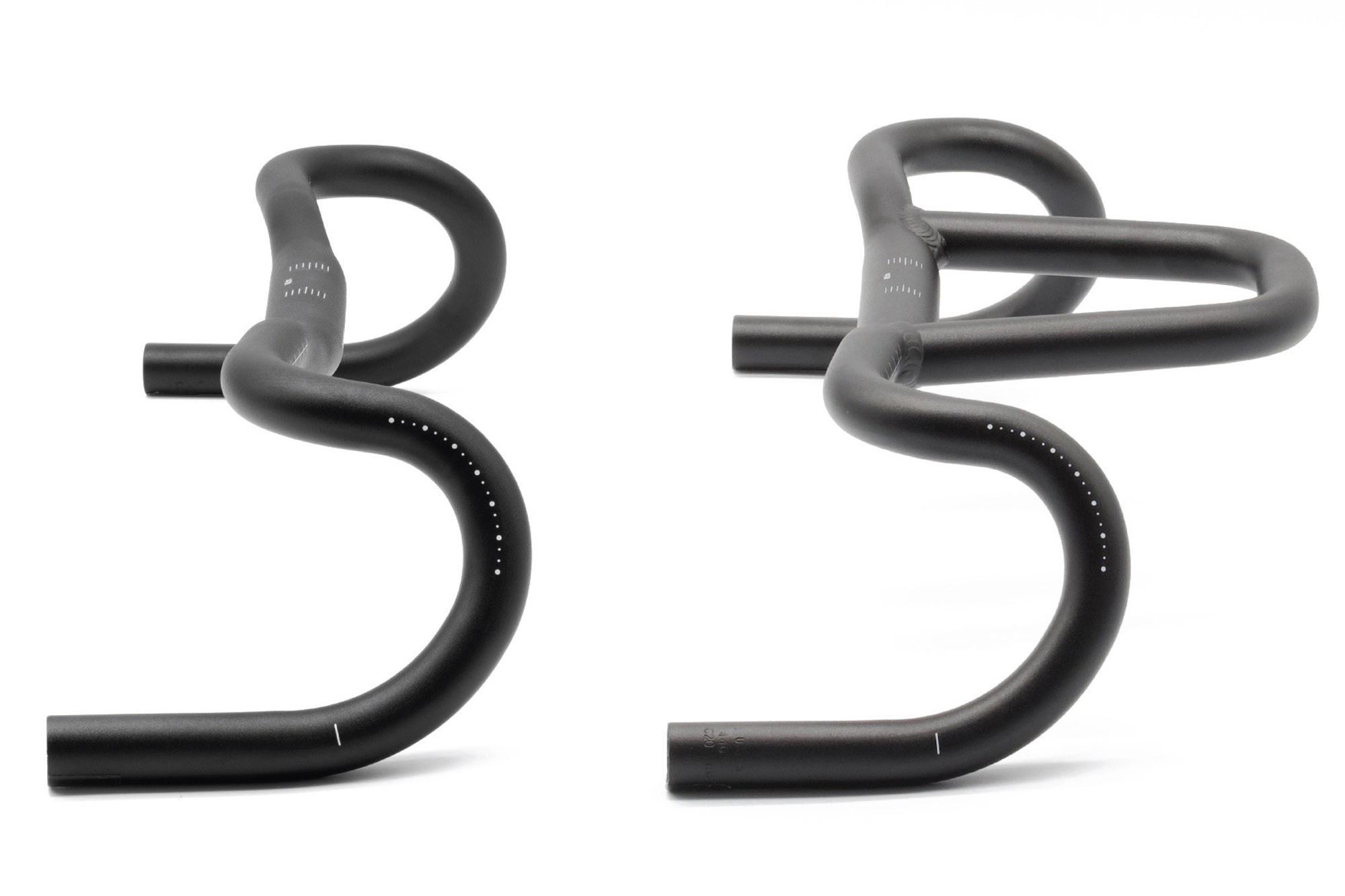
Redshift Kitchen Sink
Specifications
Reasons to buy
Reasons to avoid
Gravel bikes are often the very best do-it-all bikes. If you want to ride across a continent without having to worry about keeping the route paved, then grab a gravel bike. If you want to only own one bike but never feel limited in the ways you can use it, then grab a gravel bike. In the quest for flexibility there's maybe no handlebar better suited than the Redshift Kitchen Sink. With the optional endurance loop you gain extra space for mounting bags or the equivalent of built-in aero bars. No matter what you want to do with your bike the Kitchen Sink offers - as its name suggests - a plethora of options to bring everything you need with you.
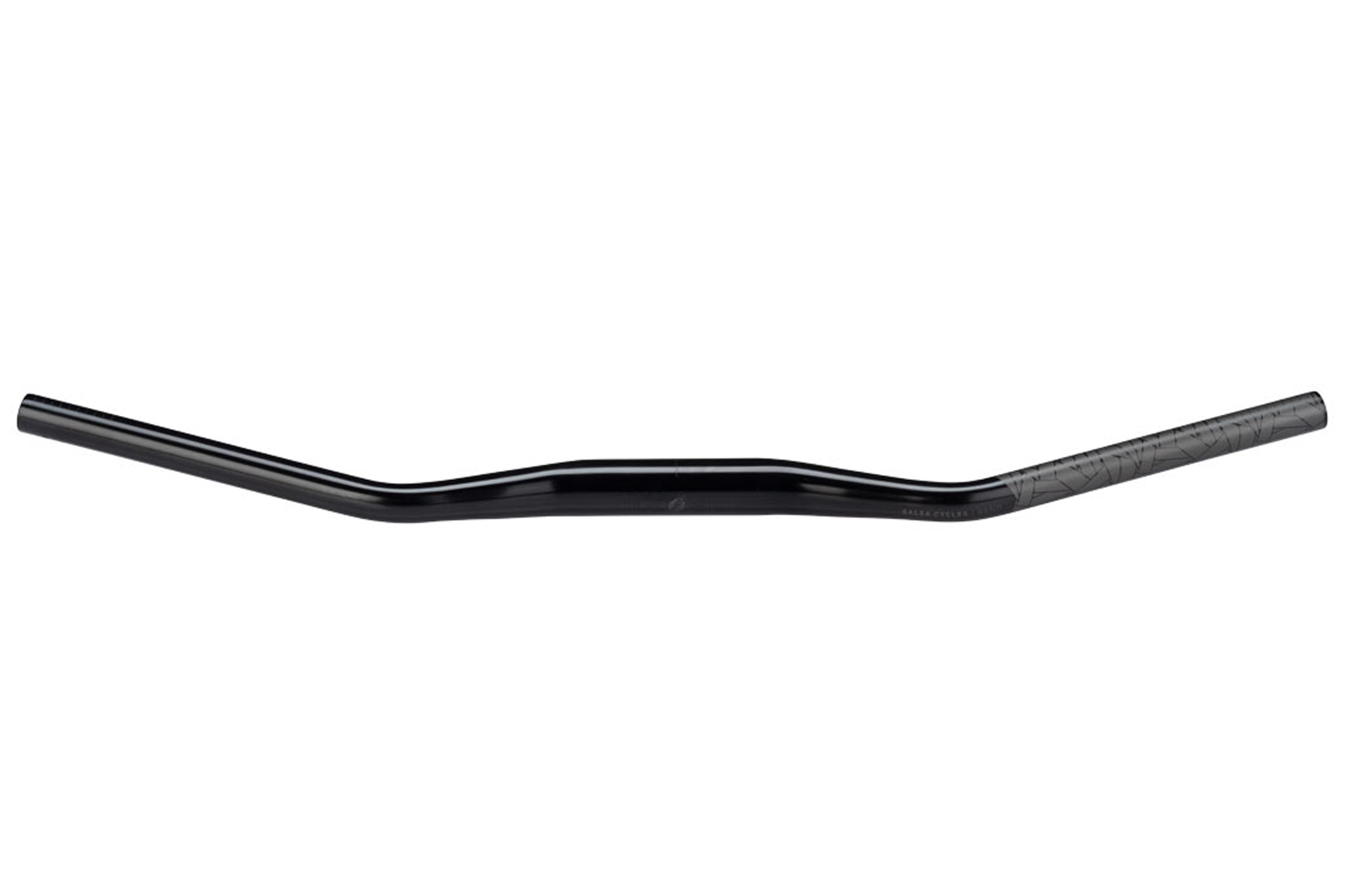
Salsa Bend Bar Deluxe
Specifications
Reasons to buy
Reasons to avoid
If you want to run a flat bar on your gravel bike then it only makes sense to get one of the most comfortable options out there. Sweep refers to how far the ends of bars sweep backwards from the mount (a zero-degree sweep would be a perfectly straight bar as viewed from the top). The advantage of the backwards bend is that it puts your arm in a position for a straighter transition from lower arm to hand. This keeps the wrist from awkwardly stretching and ensures ample blood supply to the hand. The Salsa Bend Bar has options for 17-degree or 23-degree sweep, so you can find the best match for your body.
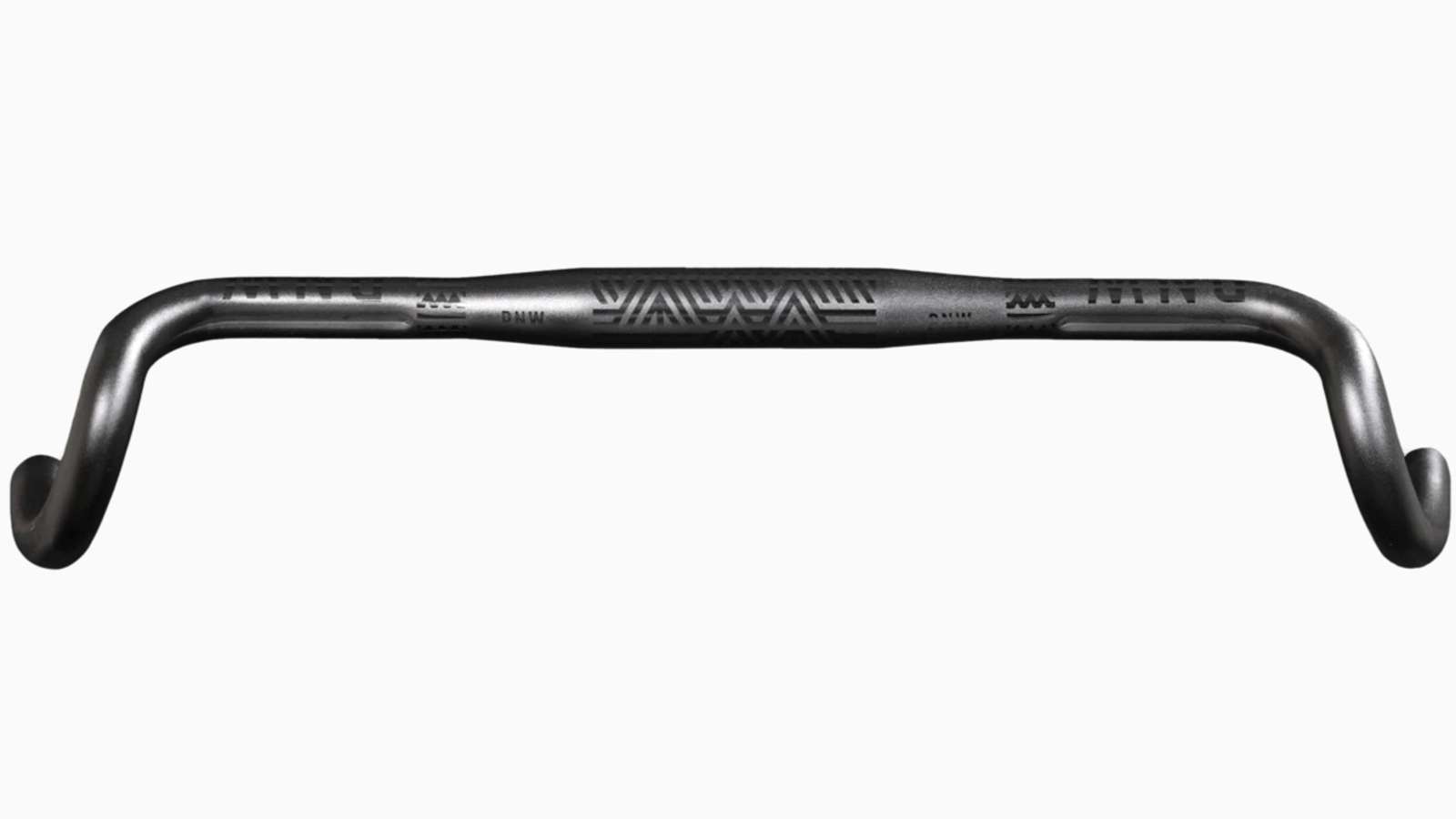
PNW Coast
Specifications
Reasons to buy
Reasons to avoid
The PNW Coast handlebar takes a page from the mountain biking world with a 'wider is better' philosophy. When things get really rough, having your hands pushed outwards gives better stability and more control. If it works for mountain biking, why not for gravel bikes? If you like the idea of all the width but you want to keep the drop bars, that's what you get with the Coast. Keep in mind, if you do decide to give it a try, PNW suggests also swapping your stem to something shorter. Its suggestion is for every 20mm of increased bar width, you shorten your stem by 10mm.
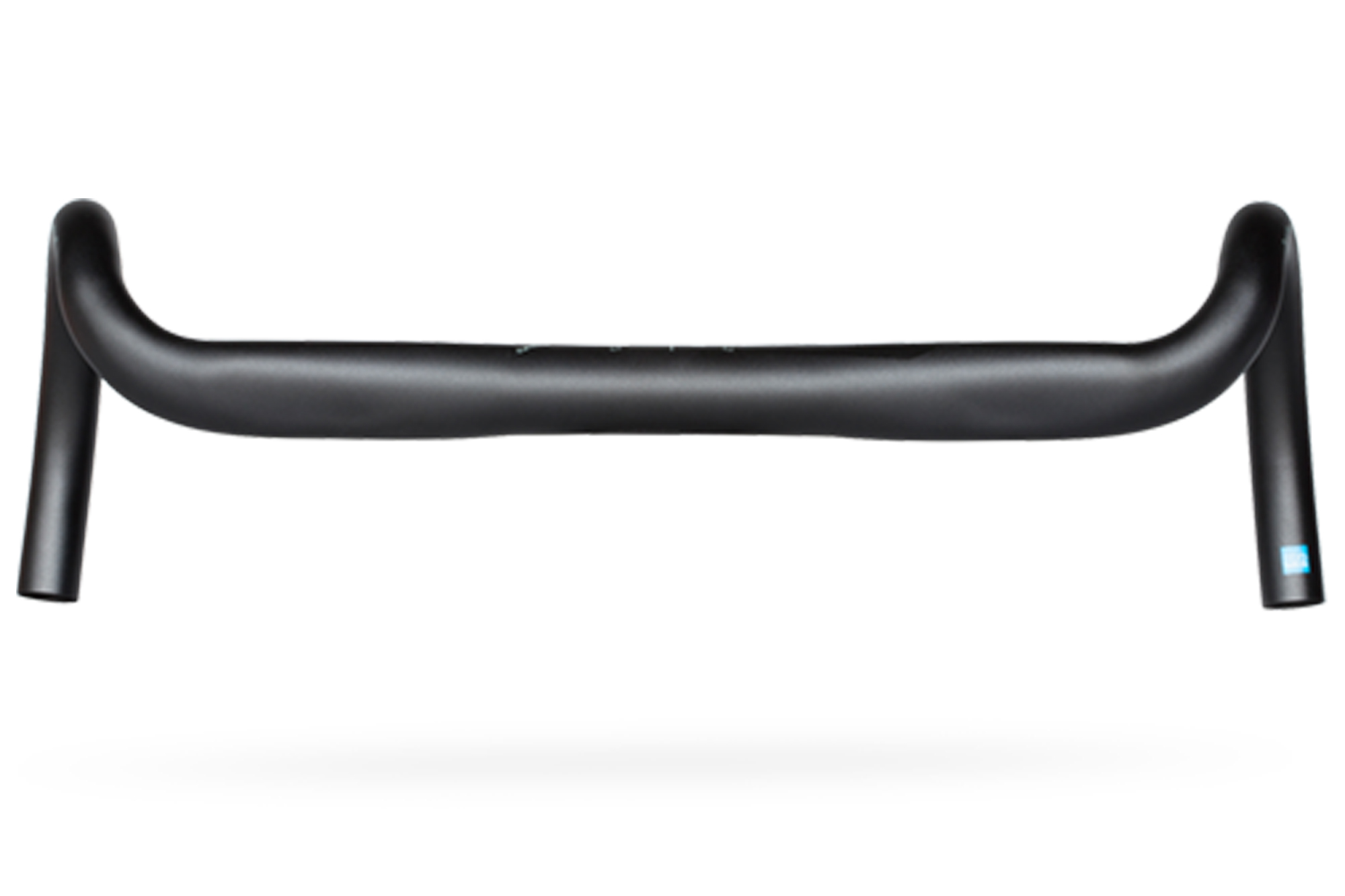
Pro Discover Gravel 12 Degree Sweep Handlebar
Specifications
Reasons to buy
Reasons to avoid
Not everyone needs a wacky, expensive and weird handlebar. If you like the idea of a perfectly straightforward option, then Shimano's Pro brand has something for you. It doesn't cost much, it's easy to get, and with a 12-degree flare it's enough for stability but not so much that it puts your arms in an awkward position. If you do want a bigger flare, there is also a 30-degree flare option. Whichever one you choose, it's the kind of bar that kicks around your bike parts bin for years and never feels wrong when it's in use.
- Best MTB handlebars: the best mountain bike handlebars we've tested
- Best MTB grips: the best mountain bike grips available for all disciplines
- Best mountain bike stems: the best stems to sharpen up your steering
Best gravel handlebars: what you need to know
Understanding what the numbers mean
Before you can start to decide which set of handlebars make the most sense for you, it's important to understand what the numbers mean. The first set of numbers you'll need to make decisions about are the same as road handlebars. Bar width is the first consideration. One of the things to check with handlebar width is how the company you are researching measures it. Sometimes it means center to center from the end of the drops. With gravel bars, that doesn't typically make sense due to the flare, so it might be center to center at the hoods. Some companies mix things up and do it differently though.
Once you understand how the measurement is defined, you have to decide what to get. Old-school bike shop wisdom is to measure your shoulders and use that width to match up a handlebar. Modern bike fitting recognizes it's far more complicated than that, and different types of bikes make it even more complicated. An aero road bike might mean an extra narrow bar, while a big tire gravel bike might mean an extra-wide bar. Narrower is more aero, while wider is more stable, provides greater leverage, and allows for a bigger handlebar bag.
Drop and reach are also numbers you'll see on all drop bars. Drop is the distance from the clamping area to the bottom of the drops. Reach is the distance from the clamp area to the front of the bar in the drops. Bigger numbers for these mean a more aggressive riding position.
The numbers you tend to see only with gravel-specific handlebars are backsweep, outsweep, and flare. Backsweep refers to the angle of the tops as compared to the clamping area. If it angles towards the rider, that's backsweep. Outsweep is the angle of the bar plugs compared to the rest of the bike. If the bar plugs point away from the bike, that's outsweep. Flare is the width of the back of the drops compared to the beginning of the drops. If the bottom of the drops are farther from the center of the bike than the first bend at the end of the tops, that's flare.
Why the flare?
The simplest way to think about flare is the way it creates the option for two widths. Most people spend a lot of their time on the hoods when riding. That's especially true on the road where everything is very predictable. Making a bar that's comfortable for this position means something based on the physical distance of a rider's shoulders. When things get rowdy, however, you want better leverage. Putting a flare on the drops means you can move your hands to the drops and get a wider handlebar when you need it.
The way designers handle the transition is where the magic of personal preference plays out. If you start the flare at the top and splay the controls out, you get more space for bags, but the controls are at an angle. That's a choice designers and consumers make. Other designs pair a big flare with a short drop. With that style, you don't have to get into an aggressive position to take advantage of the wider stance. The list of variations goes on and there are a lot of choices out there.
Consider accessories
One of the hallmarks of gravel riding is accessories. Riding longer distances with less support means the need for bags and lights in particular. While aerodynamics matter even on gravel roads, if you choose an oval-shaped handlebar, it's hard to mount accessories. The same goes for bars with any number of odd shapes. If you think you are going to need accessories like lights and bags, make sure that you've got a solution in mind.
Josh Ross was our US tech writer. He's most happy when talking about the finer details of how bicycle parts and components work, and enjoys putting his thoughts to words. He is a road cyclist at heart but can often be found taking the gravel road less traveled. Although he rarely races these days, he still enjoys a good Zwift session and race but will always choose the real world over pixels.
Height: 5'9"
Weight: 137 lb.

